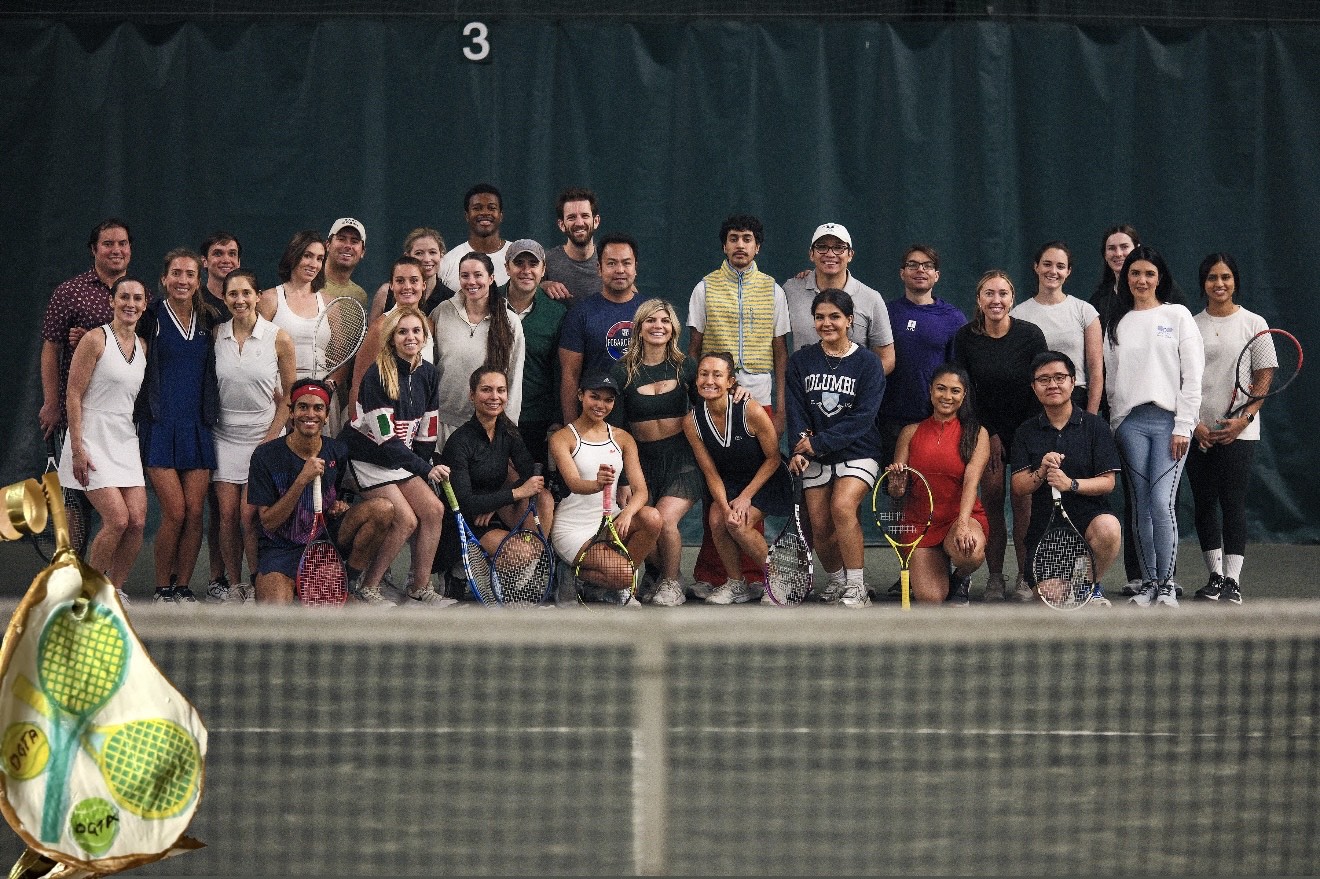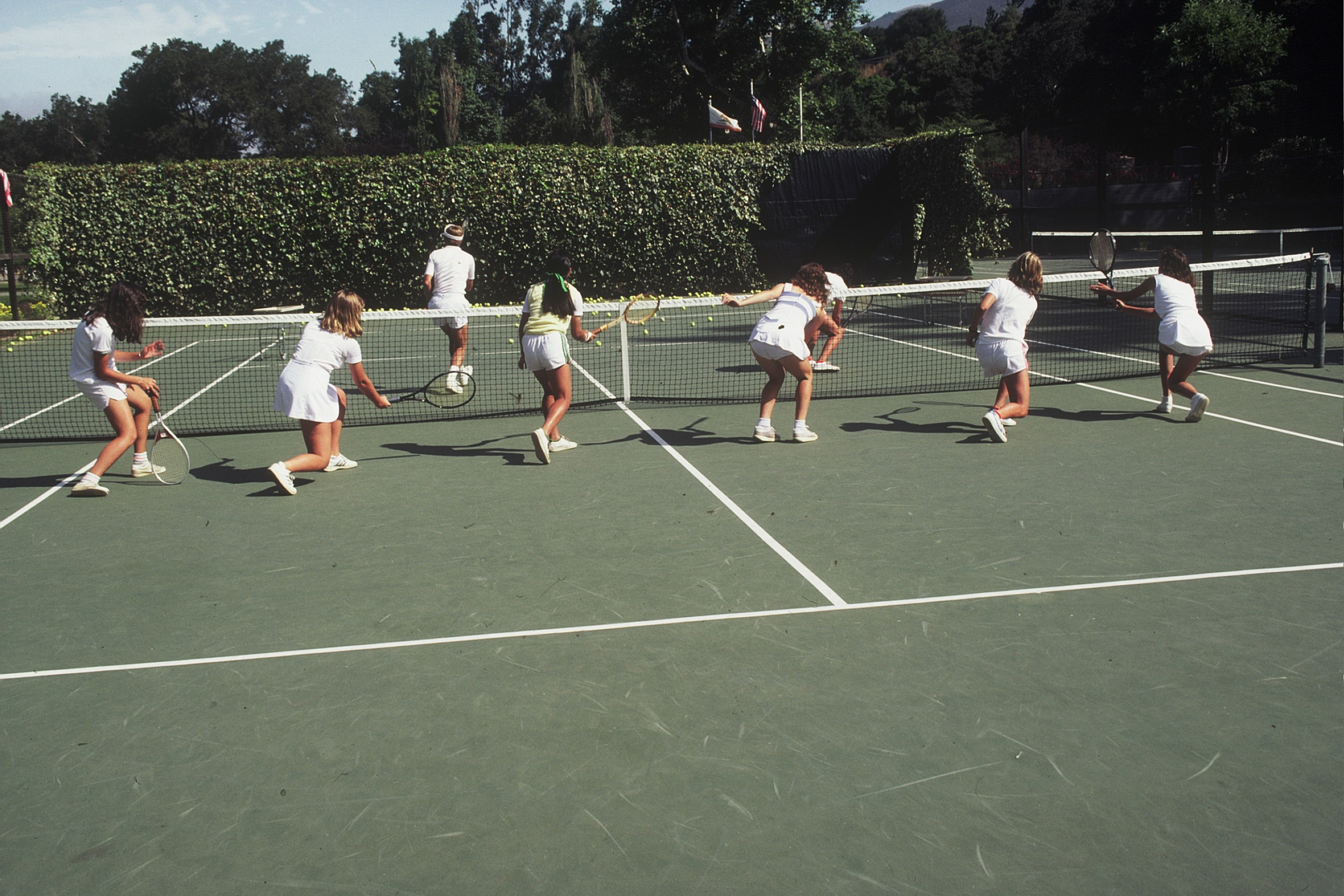Photos by June Harrison
Thousands of June Harrison’s slides of professional tennis are lined up in protective sheets, a collection of the nearly four decades Harrison spent capturing some of the most dynamic moments of the sport’s history.
If you were to randomly pull one out from the archive, chances are pretty good that Harrison has a story about the image.
That’s not to say Harrison has a play-byplay memory of what took place during the exact moment she took the shot; instead, she has the ability to share a feeling about what was happening when she decided to release the shutter. Moments are rarely lost on her.
“I remember those early days in tennis because I was new at it,” she said. “I was looking to make something simple and artful, while mastering the challenges of shooting action.”
Whether she’s shooting a portrait, a sporting event, or flowers in the Hamptons on Long Island, photographs are one of life’s touchstones for Harrison. “It’s a really dramatic thing, human psychology,” she says. “We remember where we were during really emotional moments of great fear or jubilation or joy. Those moments are seared with photos.”
Harrison had a lot of those moments covering tennis. Her tennis photography career began in the 1970s when she was series ticket holder for the New York Sets, of World Team Tennis, and was invited on court for a clinic after a match.
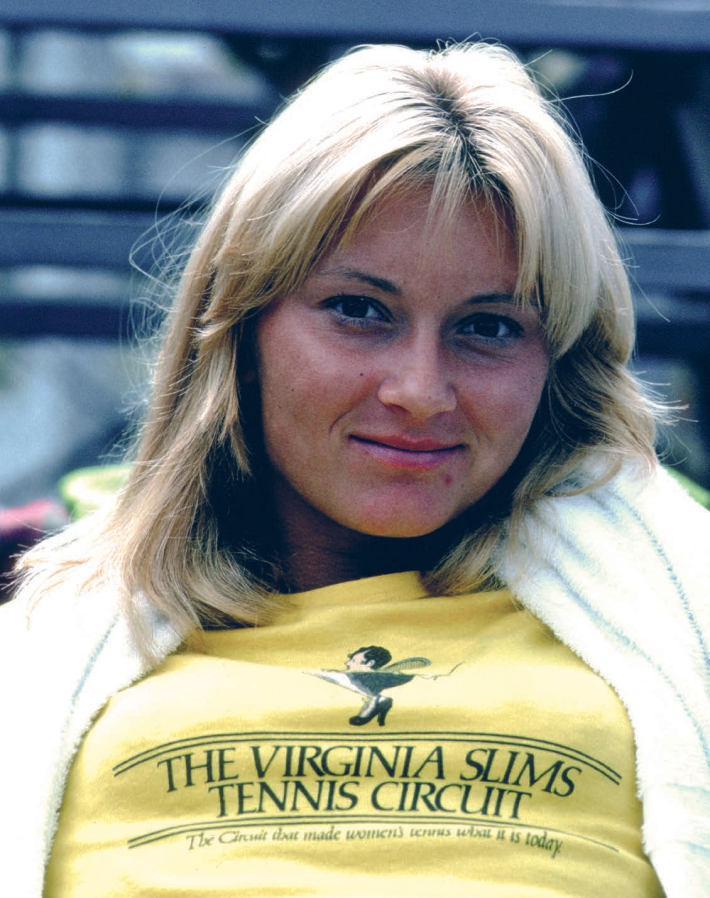


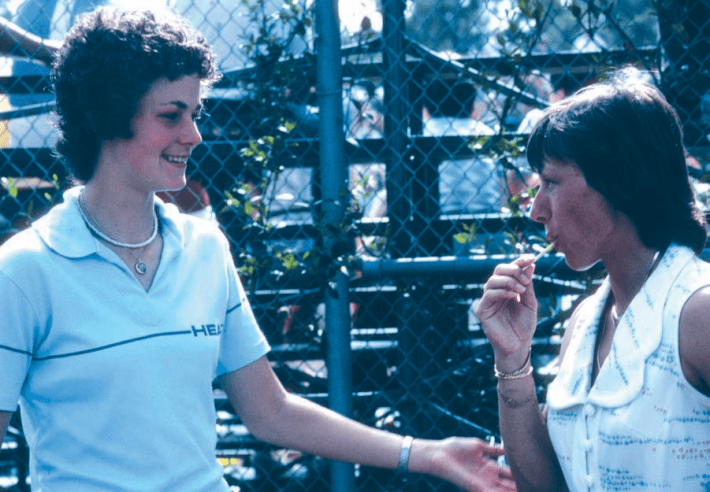
When a friend didn’t have a racquet, Harrison gave up her own, since she also had her camera. Instead of participating in the clinic, Harrison photographed it. While she was taking photos of pros like Billie Jean King and Virginia Wade, who were coaching some of the attendees, Harrison was approached by the WTT general manager who asked to see some of the shots.
They were good, and Harrison ended up selling some pictures for around $10 each. She showed the photos to Tennis magazine, sold a few more and was given her first assignment. She quickly became a fixture around tennis, covering both the ATP and WTA tours. Harrison and the writer Peter Bodo followed the tennis circuit in 1978 while working on their book Inside Tennis: A Season on the Pro Tour. She even ended up in a Canon commercial with John Newcombe that debuted in 1977, and was memorably spoofed by Stevie Wonder in a Saturday Night Live sketch.
Harrison reflects on the early days of the WTA—originally called the Virginia Slims Circuit—as “a busy time with some type of event happening every week.” She shot the Federation Cup, the Colgate Series, the Avon Futures tours, even the first WTA training camp in Palm Springs. Although seemingly ubiquitous during this period, Harrison says she would never call herself paparazzi. “If it was a compelling scene in passing then I captured it,” she said. “But I never sought it out.”
Neither does she see tennis as simply a bunch of forehands and backhands to record. “I was always the one in the middle someplace,” she said of her shooting style.
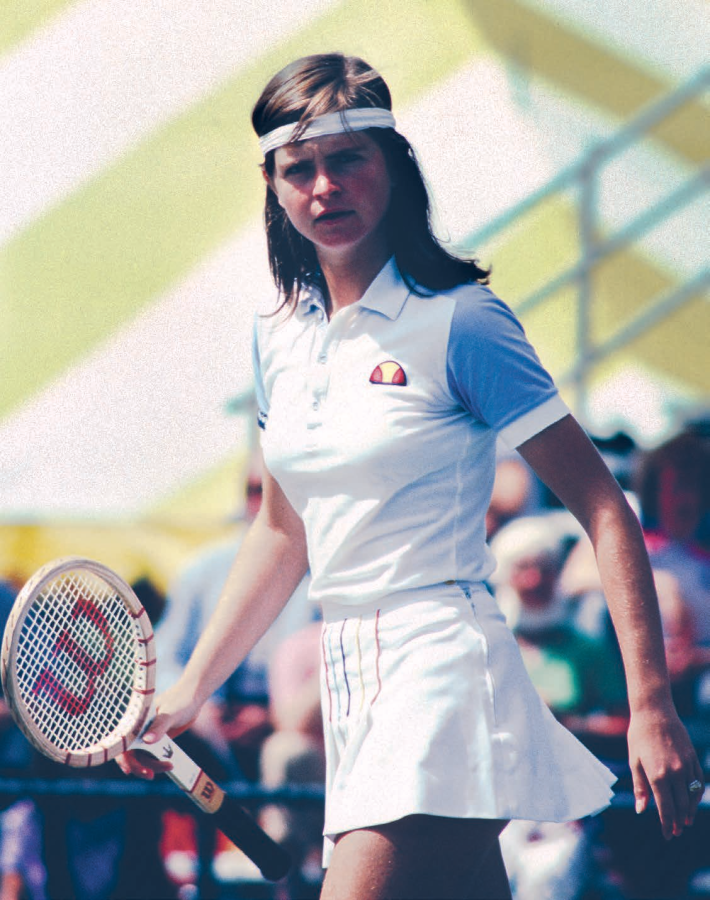

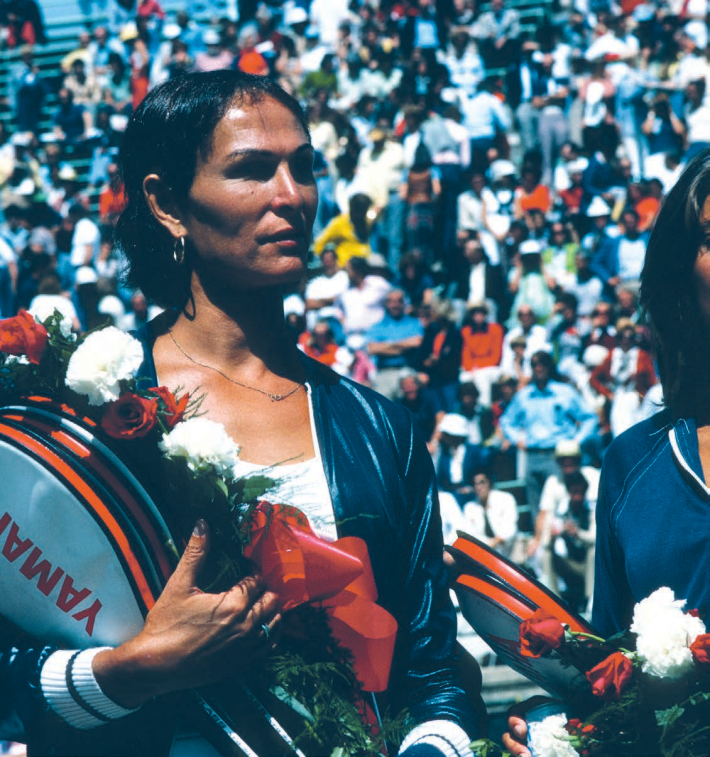

“I’m looking for reality, intimacy and something personal; it’s never about me.”
Instead, Harrison says making a great photograph is usually about being in the right place, finding the best light, and capturing a player doing something beautiful or brilliant. She also said it’s important to get to know players by studying their habits, understanding their emotions and trying to find nuanced moments that happen in-between points and aren’t necessarily visible to the average fan in the stands.
Harrison said that covering the tours in the 1970s and ‘80s were “a golden time” with “endless talent, explosive large personalities and star quality first-class tennis on the court.” Sitting in the photo pit for Harrison was an intimate and inimitable experience.
“Just feet away…sometimes magic happened.”
David Rosenberg has written about, produced, edited, and curated photography for Tennis magazine and Slate and for all of the Grand Slams.
Featured in Racquet Issue No. 4
